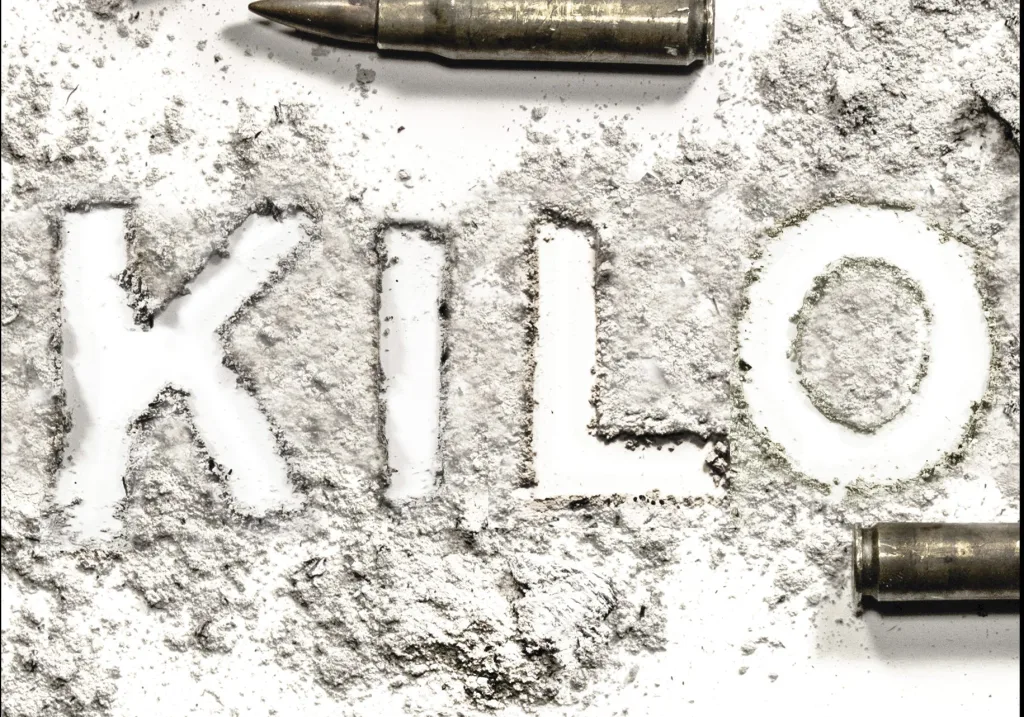The city of Santos in the state of São Paulo, which has the largest port in Latin America, is on a list of four places that play a unique role in the global maritime drug trade.
The study is part of the global report by the United Nations Office on Drugs and Crime (UNODC), released in early July. According to the report, smaller ports in northern Brazil are increasingly crucial as hubs for transatlantic cocaine trafficking, particularly shipments to Europe.
The report does not specify which ports are involved or in which northern/northeastern states they are located, but it does say that smugglers are turning to these alternatives due to increased surveillance at the Port of Santos.

Data provided to Diálogo by the Federal Police (PF) confirm that the Port of Santos has not lost its strategic importance for the illicit business. This is where most cocaine seizures are made, albeit with a declining trend.
In 2020, 20.87 tons were seized, and in 2021, 17.39 tons. The situation in the ports of the northeastern region has changed.
In the port of Recife, in the state of Pernambuco in the north of the country, where no seizures were recorded in 2020, 2.2 tons of cocaine were seized in 2021. The cases of Fortaleza and Natal in the states of Ceará and Rio Grande do Norte, respectively, are even more emblematic.
From 2009 to 2018, no seizures were recorded in either location. In 2020, Fortaleza had 673 kg, and in 2021 832.6 kg. In Natal, there was 943 kg in 2020 and 2.3 tons in 2021. In Ilhéus, Bahia, no seizures were recorded between 2009 and 2019. In 2020, there were 2.1 tons.
The report shows that Brazil is the main exporter of cocaine outside the Americas, ahead of Colombia, Peru, and Bolivia, the three largest drug producers in the world. Brazil, Colombia, and Ecuador are the main origin points for cocaine imports into Europe.
The data again correspond to those reported by the PF to Diálogo. In 2020, the leading destinations for drugs seized in Brazilian ports were Belgium, the Netherlands, Spain, Germany, Italy, and France. In 2021, Mozambique replaced Germany in fourth place and Ghana in the sixth, both in Africa.
According to the UNODC report, between 2015 and 2021, 70 percent of cocaine seized in Africa and 46 percent of shipments seized in Asia left the Americas through Brazil. In 2020 and 2021, Brazil accounted for 72 percent of the cocaine found by Asian authorities.
“In the last six, seven years, the report has already shown that Brazil is both the main corridor for cocaine export to Europe and one of the largest centers for the consumption of this drug in the world, right after the United States,” Rodrigues said.
According to the researcher, this is due to several reasons, including geographic proximity to cocaine-producing countries; Brazil, the transit country, is a significant hub for the drug.
Brazil, the transit country, is a country that juts out into the South Atlantic toward Africa and thus toward Europe. The organized crime structure in Brazil is sufficiently developed to link the producer organizations in the Andean countries and the major international distributors.
“Brazil is also well connected to international globalization, with busy ports such as Santos in Rio de Janeiro in the northeast, used both for large iron ore imports and to receive the international container industry. And in this dynamic, in this flow of the legal and globalized economy, the illegal economy also circulates. The more legal transit there is, the more illegal economy there is,” the researcher added.

